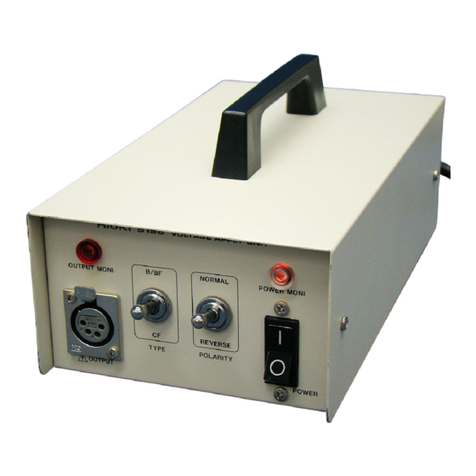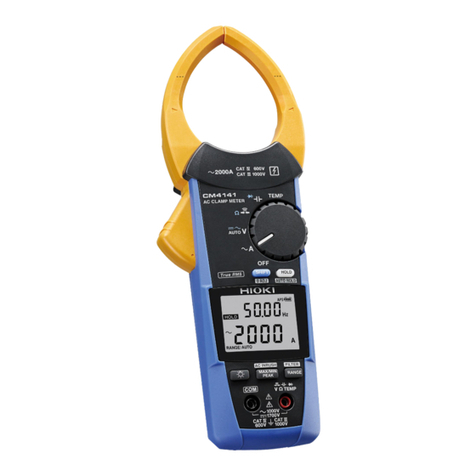Hioki 3227 User manual
Other Hioki Measuring Instrument manuals
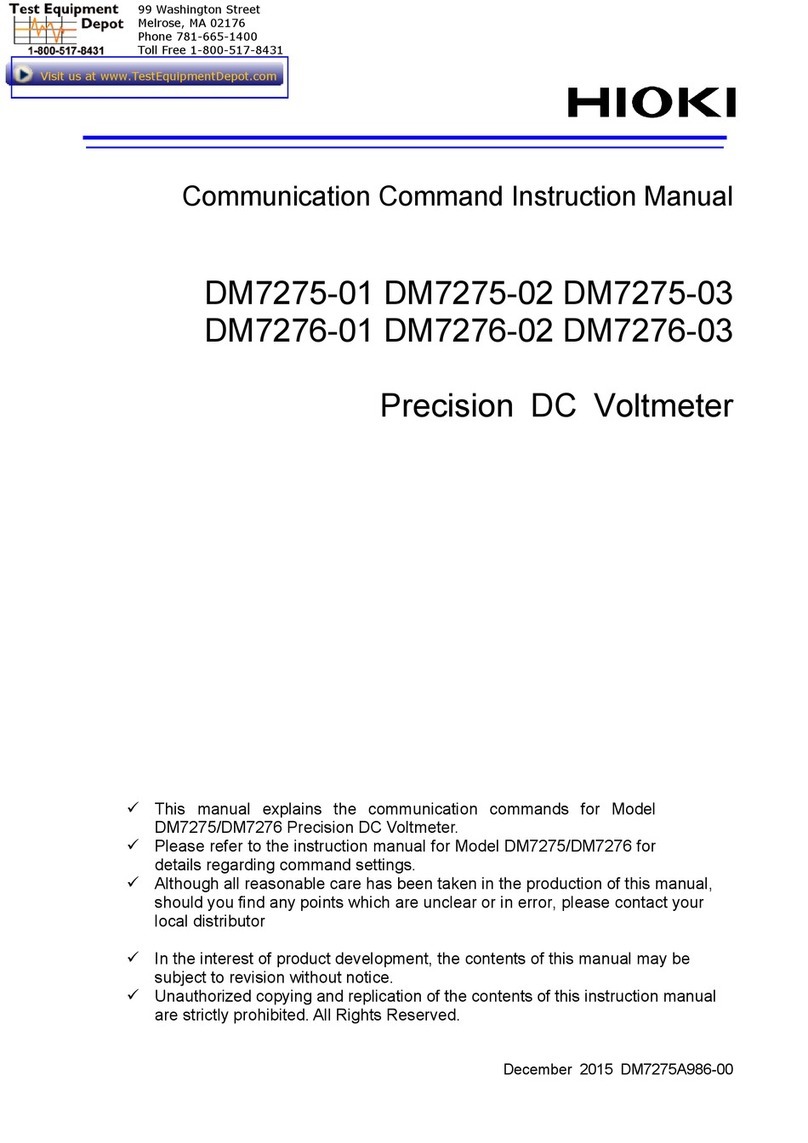
Hioki
Hioki DM7275-01 User manual

Hioki
Hioki FT3432-20 User manual
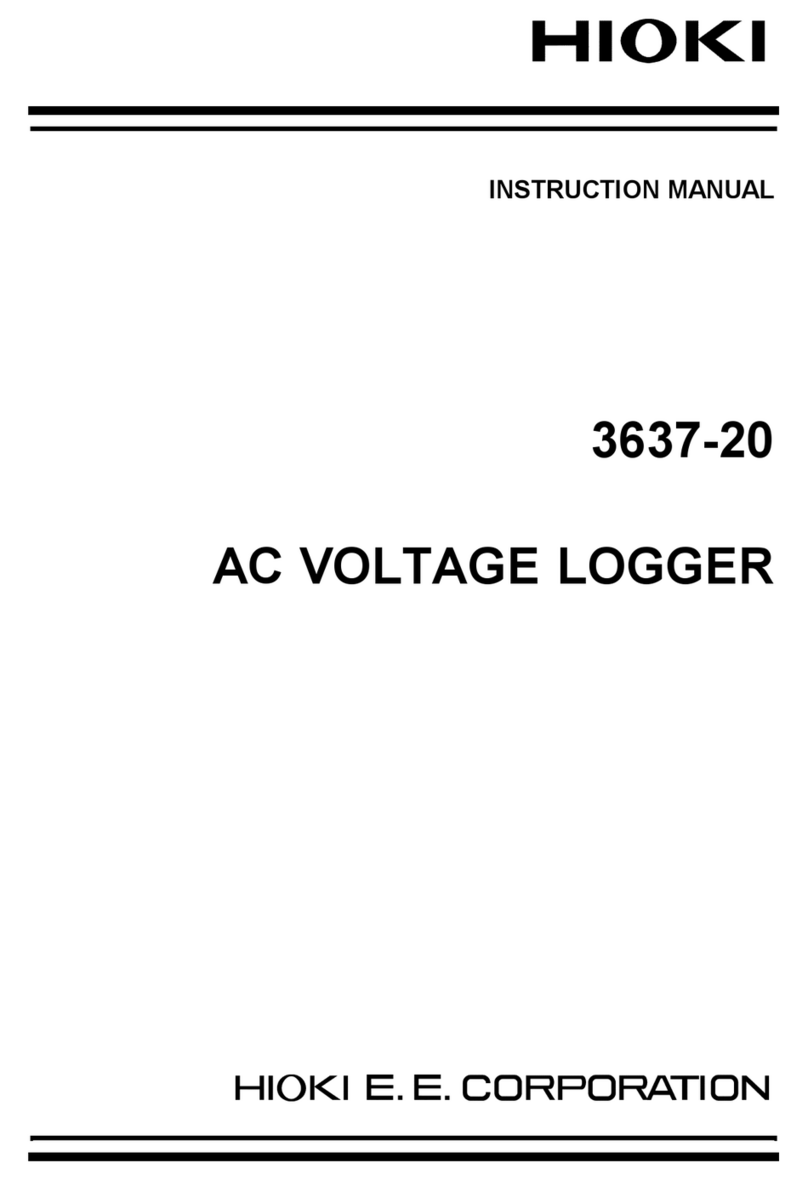
Hioki
Hioki 3637-20 User manual
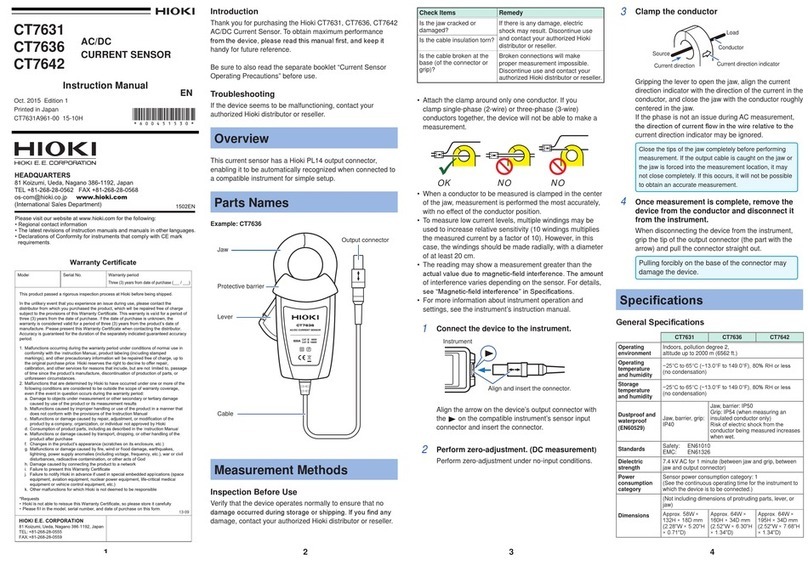
Hioki
Hioki CT7631 User manual

Hioki
Hioki PW3360-21 User manual

Hioki
Hioki 8870-20 User manual

Hioki
Hioki 3284 HiTester User manual
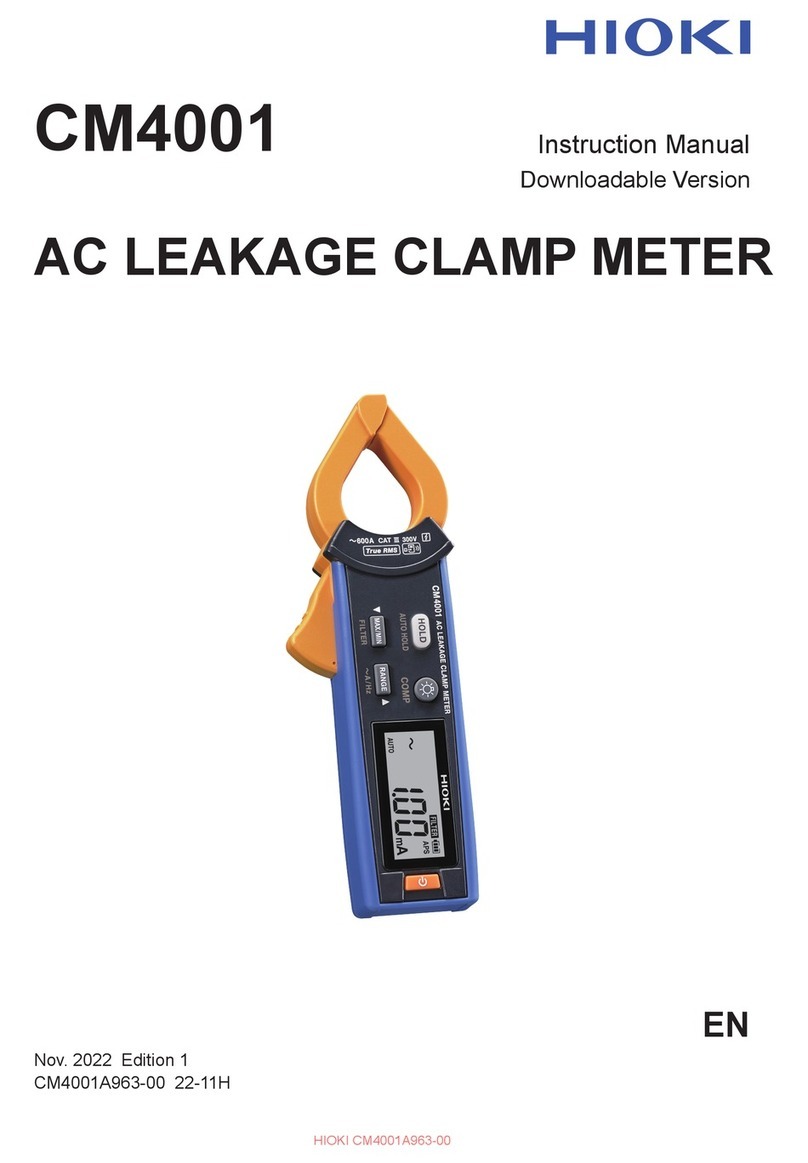
Hioki
Hioki CM4001 User manual
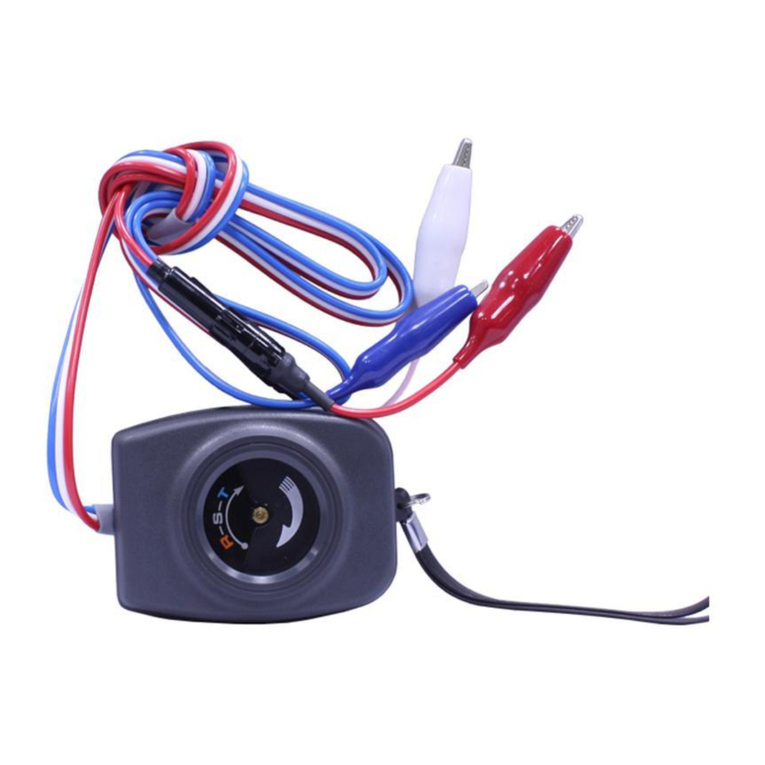
Hioki
Hioki 3126-01 User manual

Hioki
Hioki CT6845A User manual
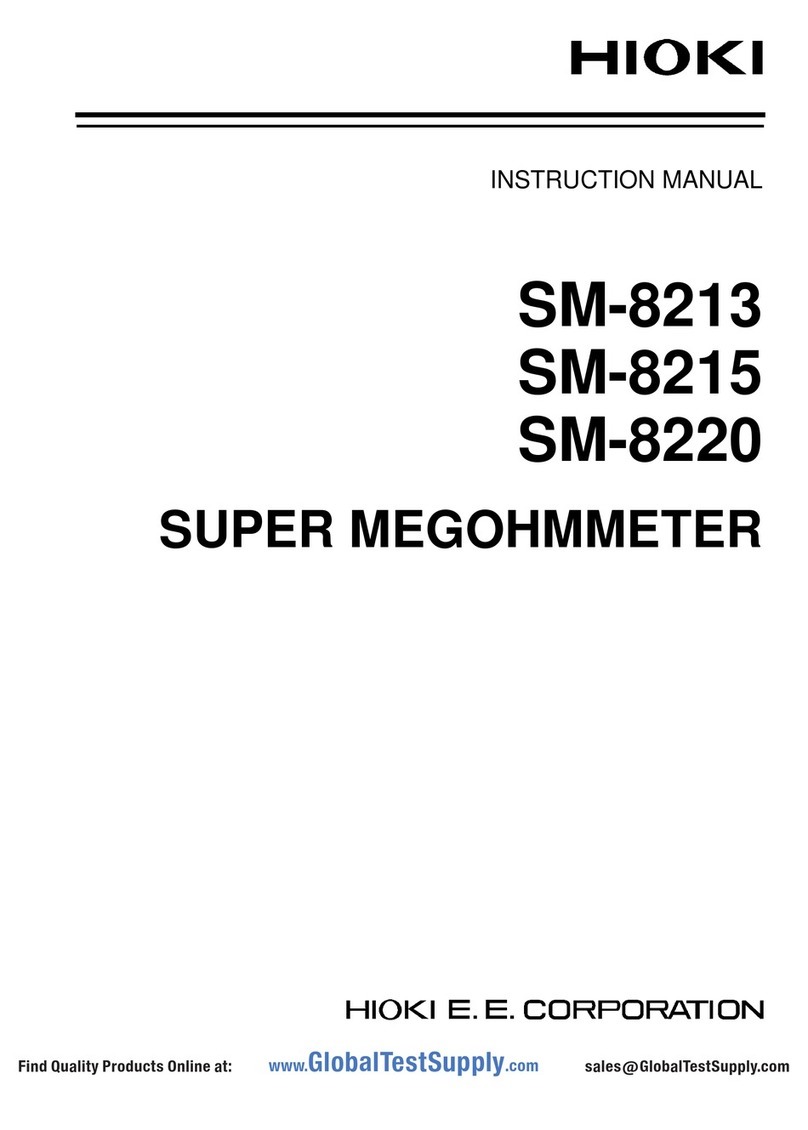
Hioki
Hioki SM-8213 User manual
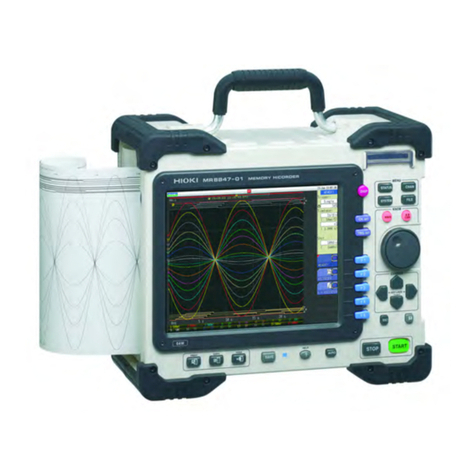
Hioki
Hioki MEMORY HiCORDER MR8847-01 User manual
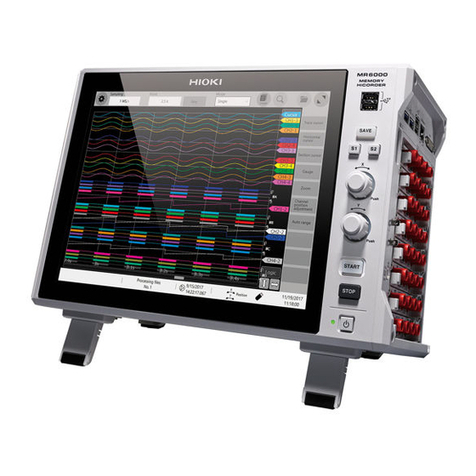
Hioki
Hioki Memory HiCorder MR6000 User manual
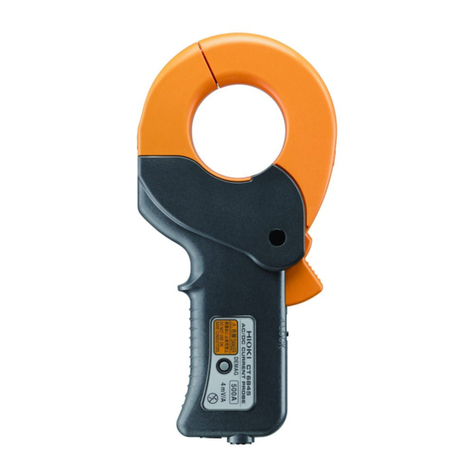
Hioki
Hioki CT6845 User manual

Hioki
Hioki PR8111 User manual

Hioki
Hioki 8846 User manual

Hioki
Hioki CM4141-50 User manual
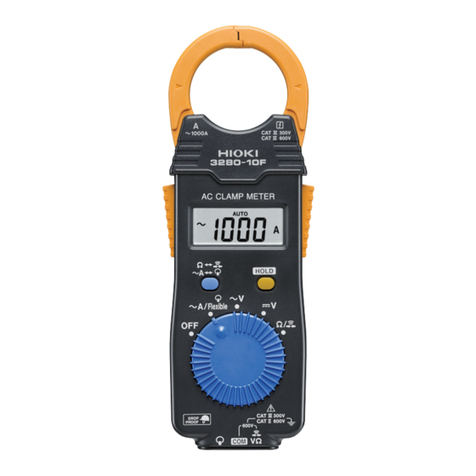
Hioki
Hioki 3280-1 OF User manual
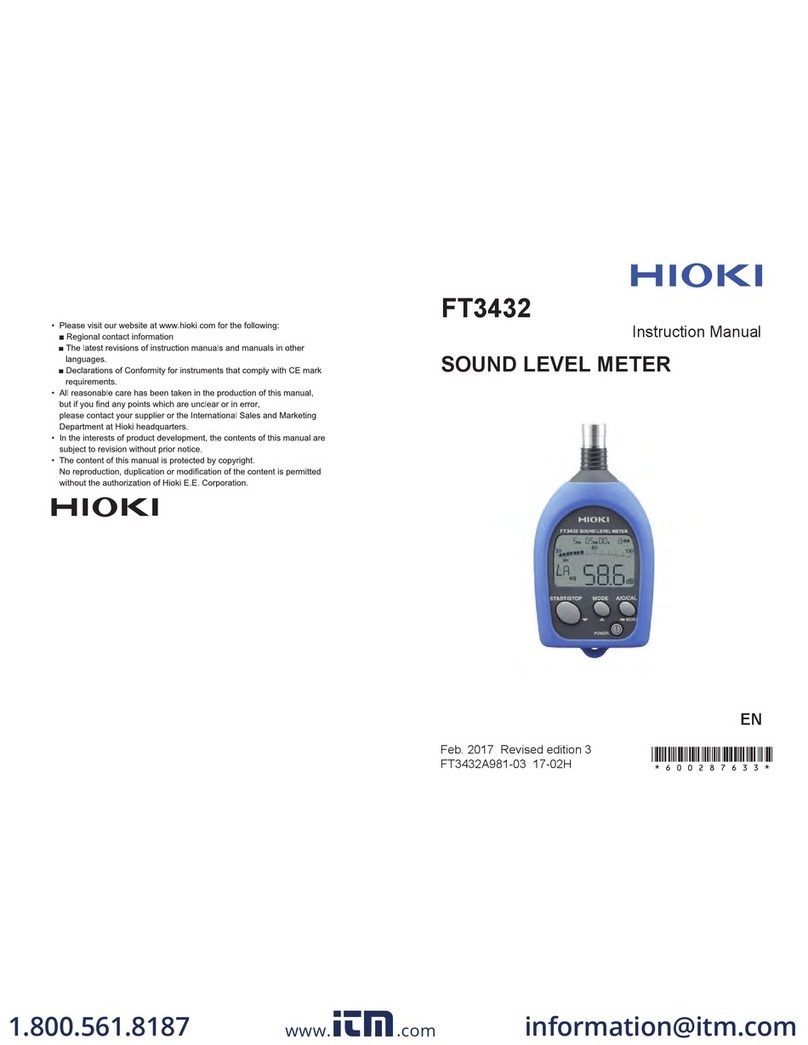
Hioki
Hioki FT3432 User manual
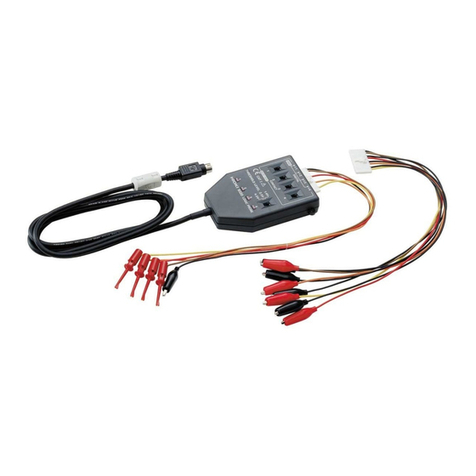
Hioki
Hioki 9327 User manual


